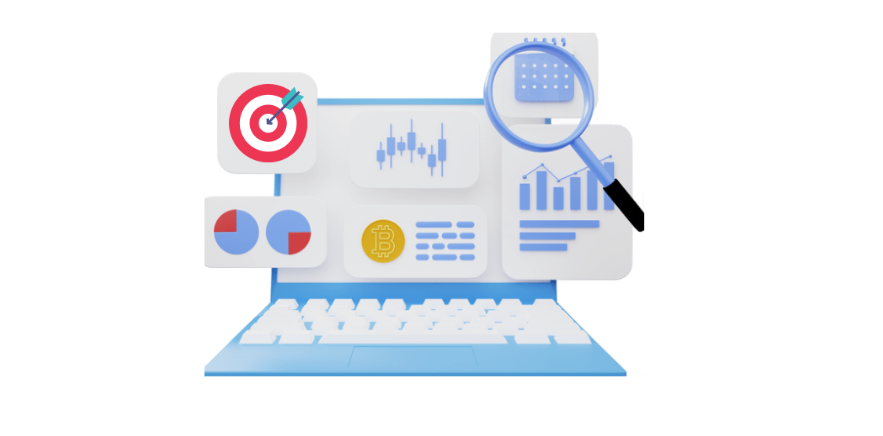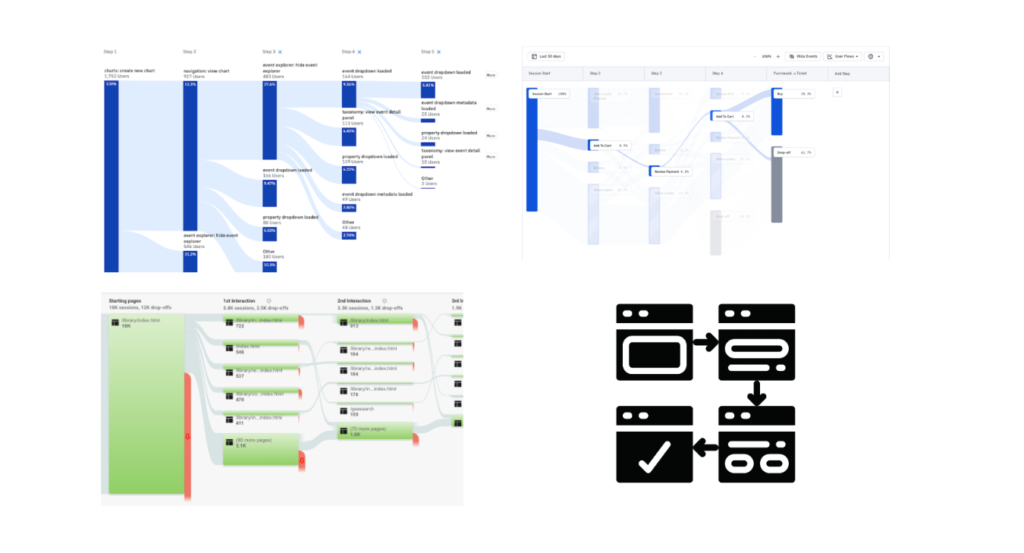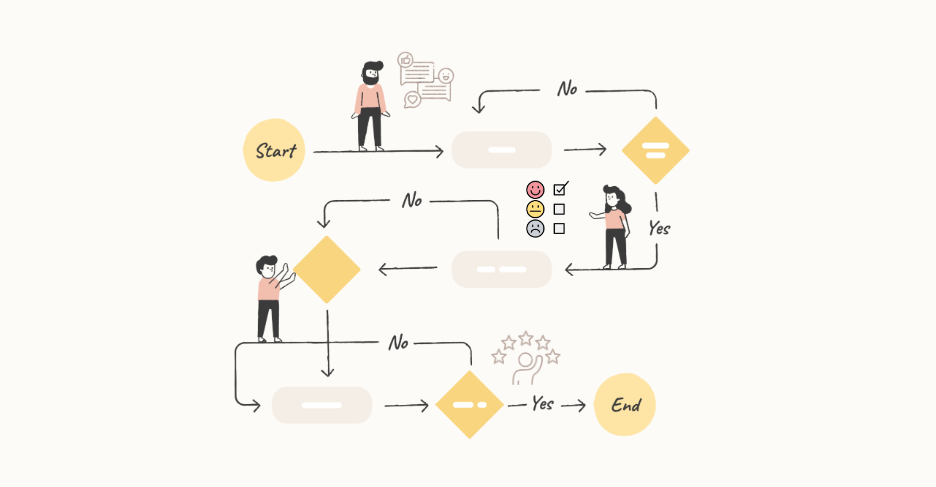Your website is often the first point of contact between your business and potential customers. Ensuring a seamless and enjoyable user experience is crucial to converting visitors into loyal customers. To achieve this, it’s essential to understand how users navigate your website. This is where the analysis of user flow comes into play.
What is User Flow Analysis?
User flow analysis is a valuable tool for web designers, marketers, and business owners. It´s the process of tracking and visualising the paths users take as they navigate through your website. It helps you understand the sequence of pages users visit, the actions they take, and where they drop off. By analysing user flow, you can identify bottlenecks, optimise user journeys, and enhance conversion rates.
Why Is User Flow Analysis Important?
- Improved User Experience: Understanding how users interact with your website helps you create a more user-friendly experience, which can lead to higher user satisfaction and retention.
- Enhanced Conversions: By identifying where users drop off or abandon their shopping carts, you can make targeted improvements to boost conversion rates and revenue.
- Optimised Marketing: User flow analysis helps you determine which traffic sources and campaigns are driving the most engaged users, allowing you to allocate your marketing budget more effectively.
- Data-Driven Decisions: Instead of relying on guesswork, user flow analysis provides concrete data that you can use to make informed decisions about design and content changes.
How to Analyse User Flow Through Your Website
Let’s break down how you would conduct any sort of user flow analysis:
1. Define your objectives:
Before you dive into user flow analysis, it’s essential to establish clear objectives. What are your website’s goals? Do you want to boost sales, generate leads, increase user engagement, or achieve another specific outcome? These objectives will guide your analysis and help you determine what data to focus on.

2. Visualise your selected user flow diagram on a product analytics tool:
Choosing the appropriate analytics tool to create visual representations of the user flow on your website is paramount. You want a tool that not only collects data but also offers robust visualisation capabilities.
Tools like Google Analytics, Mixpanel, Amplitude, or even custom-built analytics solutions can be highly effective in this regard. Each of these tools provides a range of features, including funnel visualisation and user path analysis, which are instrumental in making sense of your user flow.
A good user journey map will highlight important touchpoints, help you understand where visitors enter, how often users navigate to a different page, and the final action a user takes in a journey.

3. Segment your audience:
Different user groups may have different behaviors on your site. Segment your audience based on various factors like location, demographics, traffic source, and device. By understanding how different segments interact with your website, you can tailor your analysis and optimisation efforts to specific user groups.
4. Identify Entry and Exit points and analyse navigation paths:
Determine where users enter your site, where they exit and examine the paths they take through your site. Look for common routes and deviations. Are users navigating in a logical way, or are they getting lost?
Entry points may include landing pages, blog posts, or product pages, while exit points could be checkout pages, contact forms, or other conversion funnels. Understanding these points helps you focus on optimising key areas.

5. Monitor Bounce Rates:
Bounce rate is a critical metric to track. It indicates the percentage of users who leave your site after viewing a single page. High bounce rates can signify issues with content quality, website speed, or user experience. Investigate pages with high bounce rates and take action to improve them.
6. Investigate Conversion Funnels:
If your website has conversion goals (e.g., making a purchase, signing up for a newsletter, or filling out a form), closely analyse the conversion funnels. Identify where users drop off in the process and pinpoint potential obstacles or friction points.
7. User Surveys and Feedback:
Supplement quantitative data with qualitative insights. Collect user feedback through surveys, feedback forms, or direct communication. Users can provide valuable insights into their experiences and pain points, which can guide your optimisation efforts.

User flow analysis is an ongoing process. Regularly review and adapt your strategies based on the insights you gain. Keep an eye on new trends in web design, user behavior, and technology to stay ahead of the curve.

